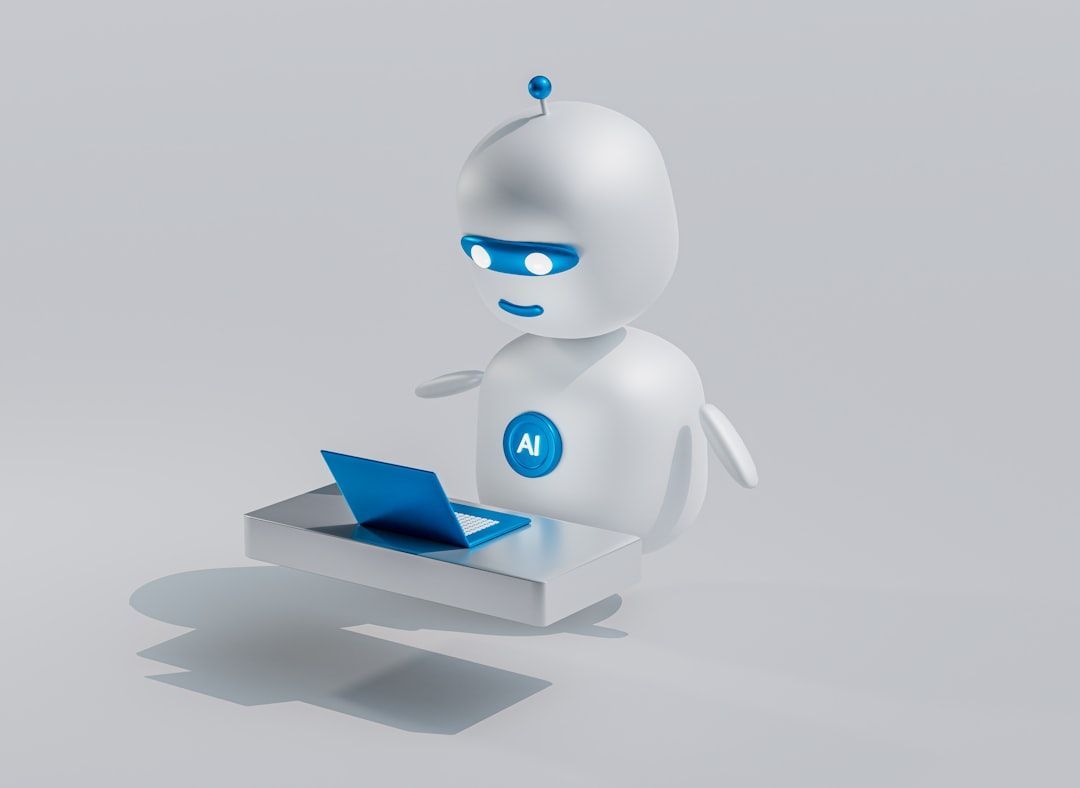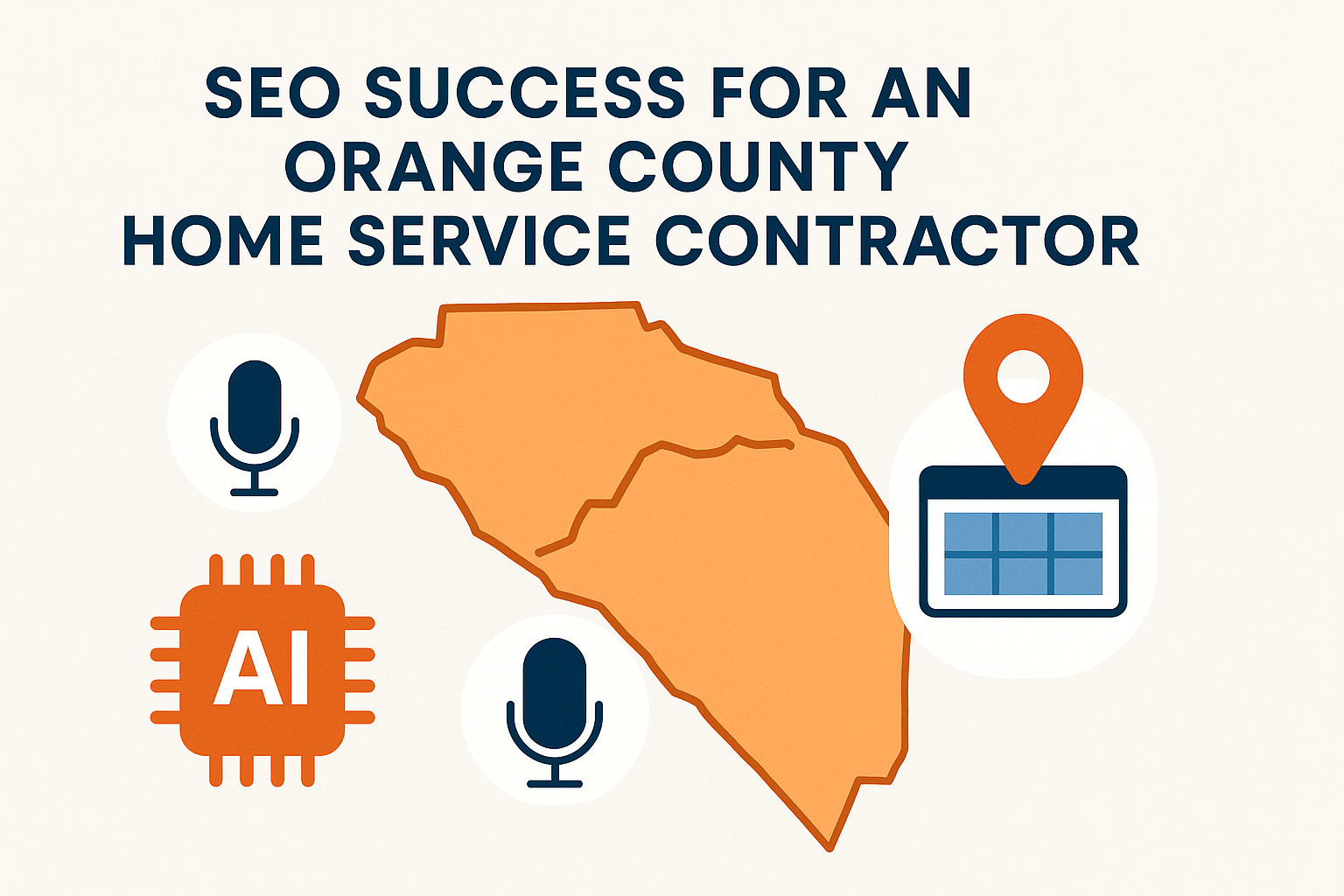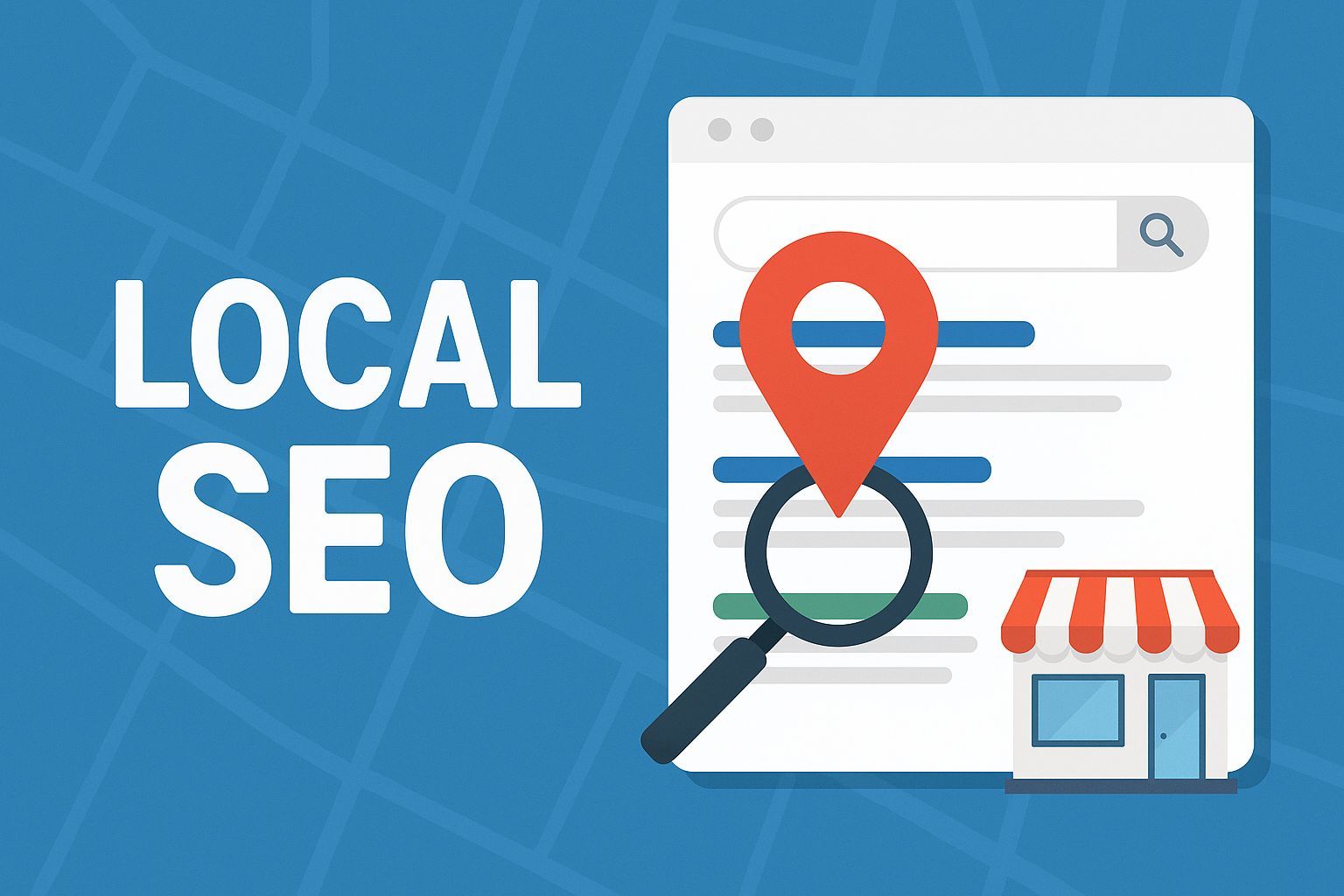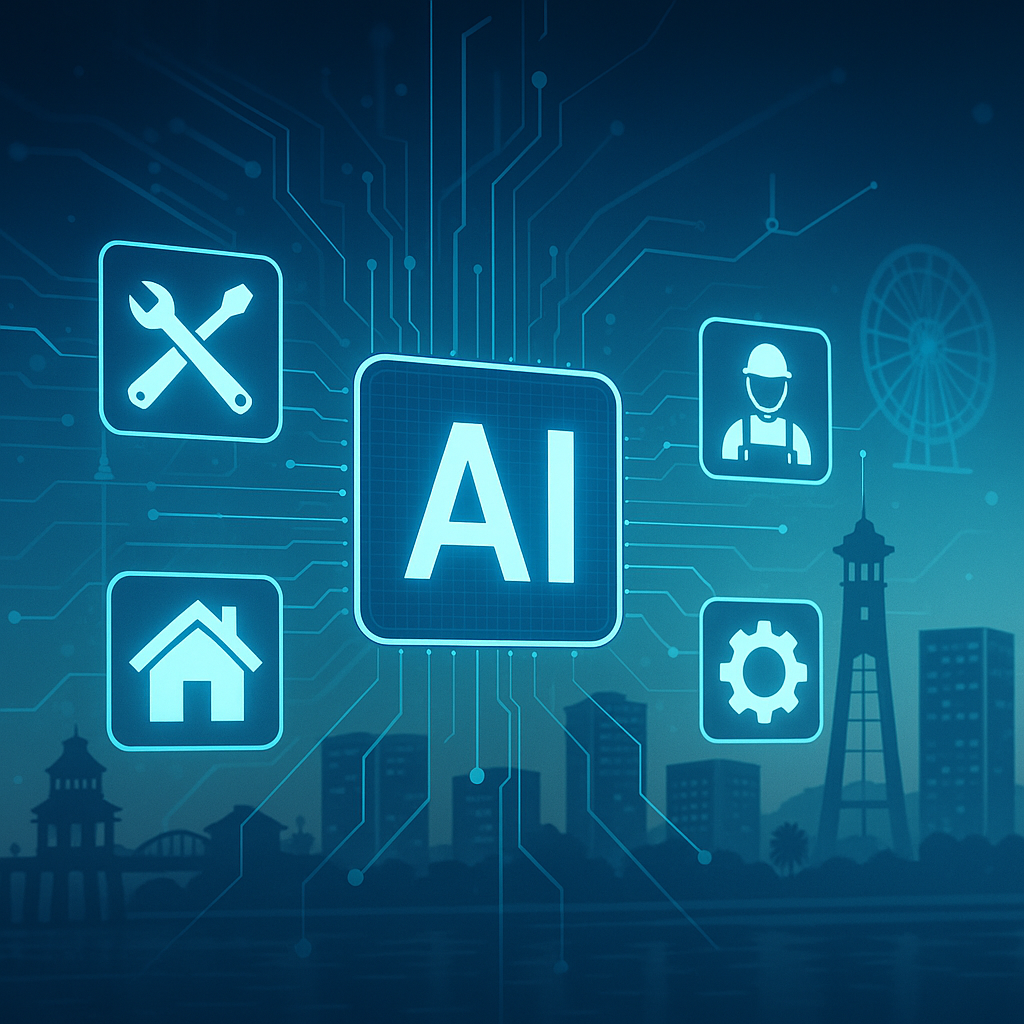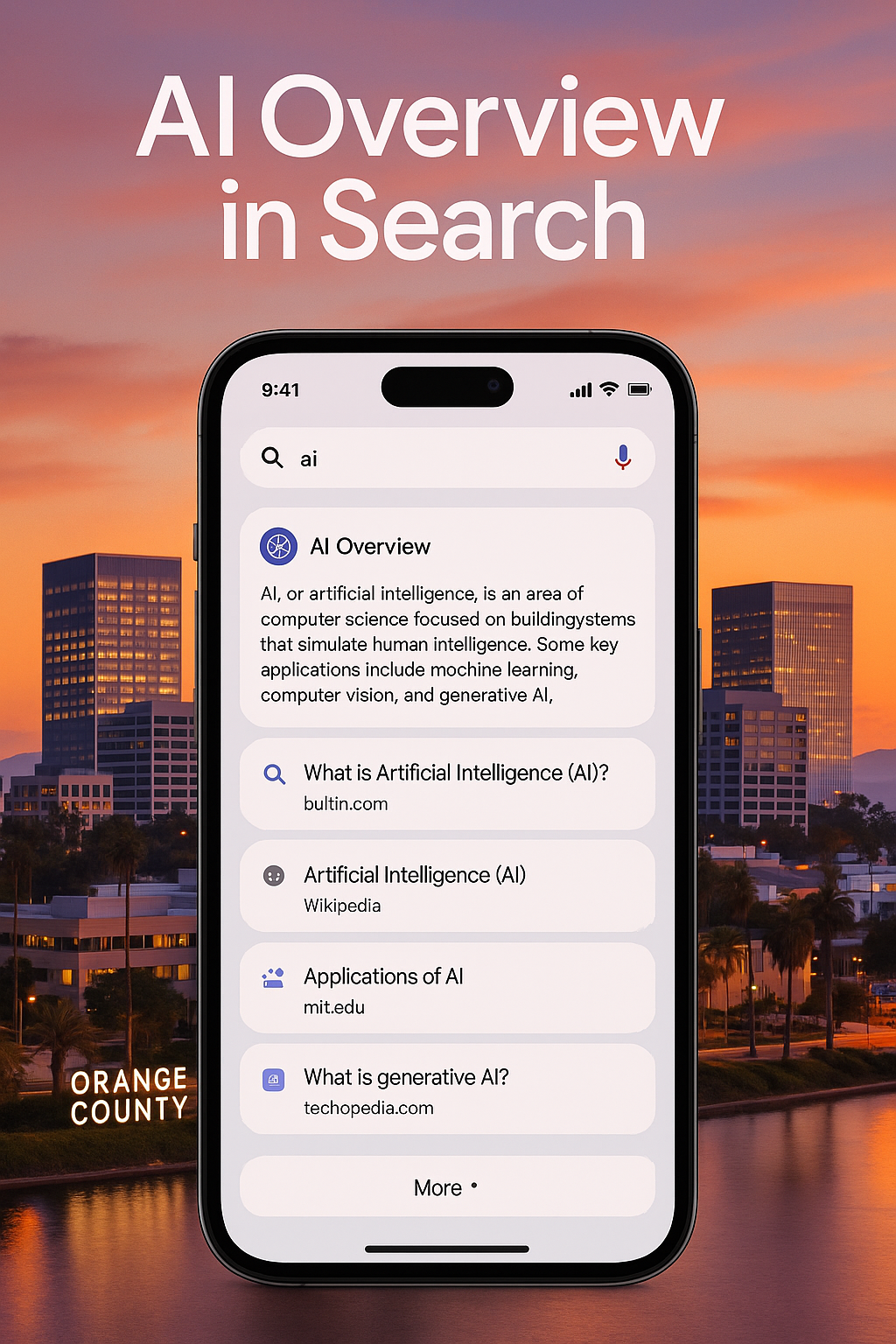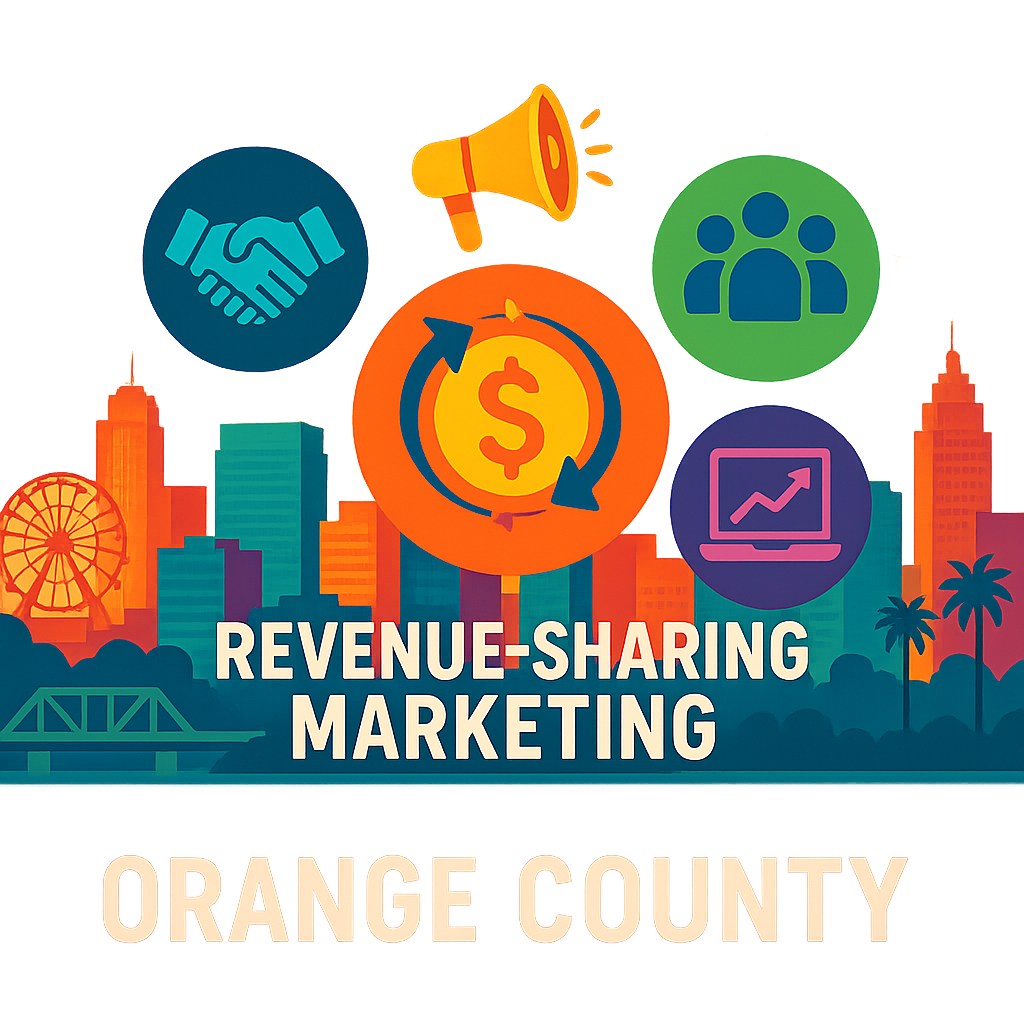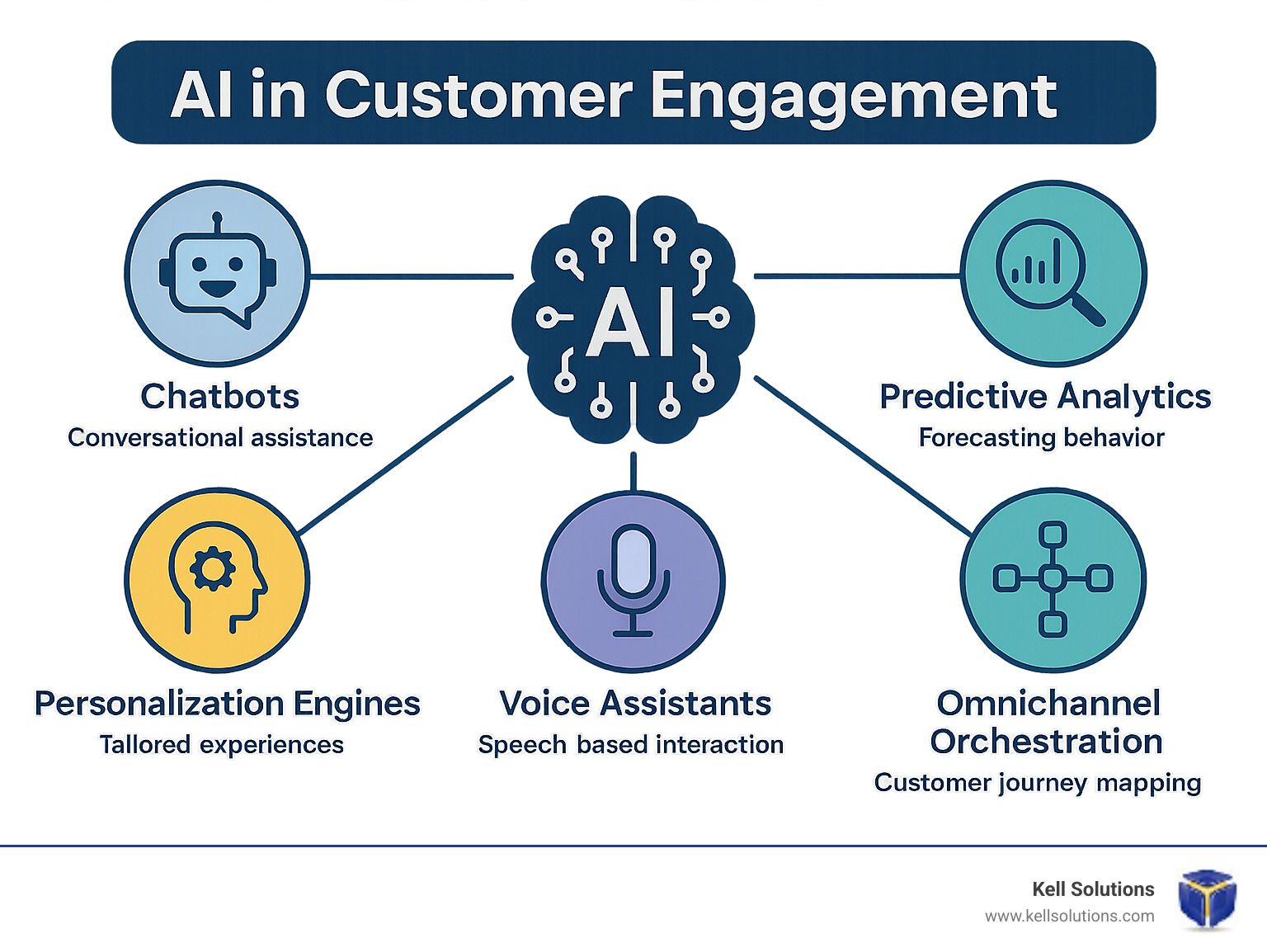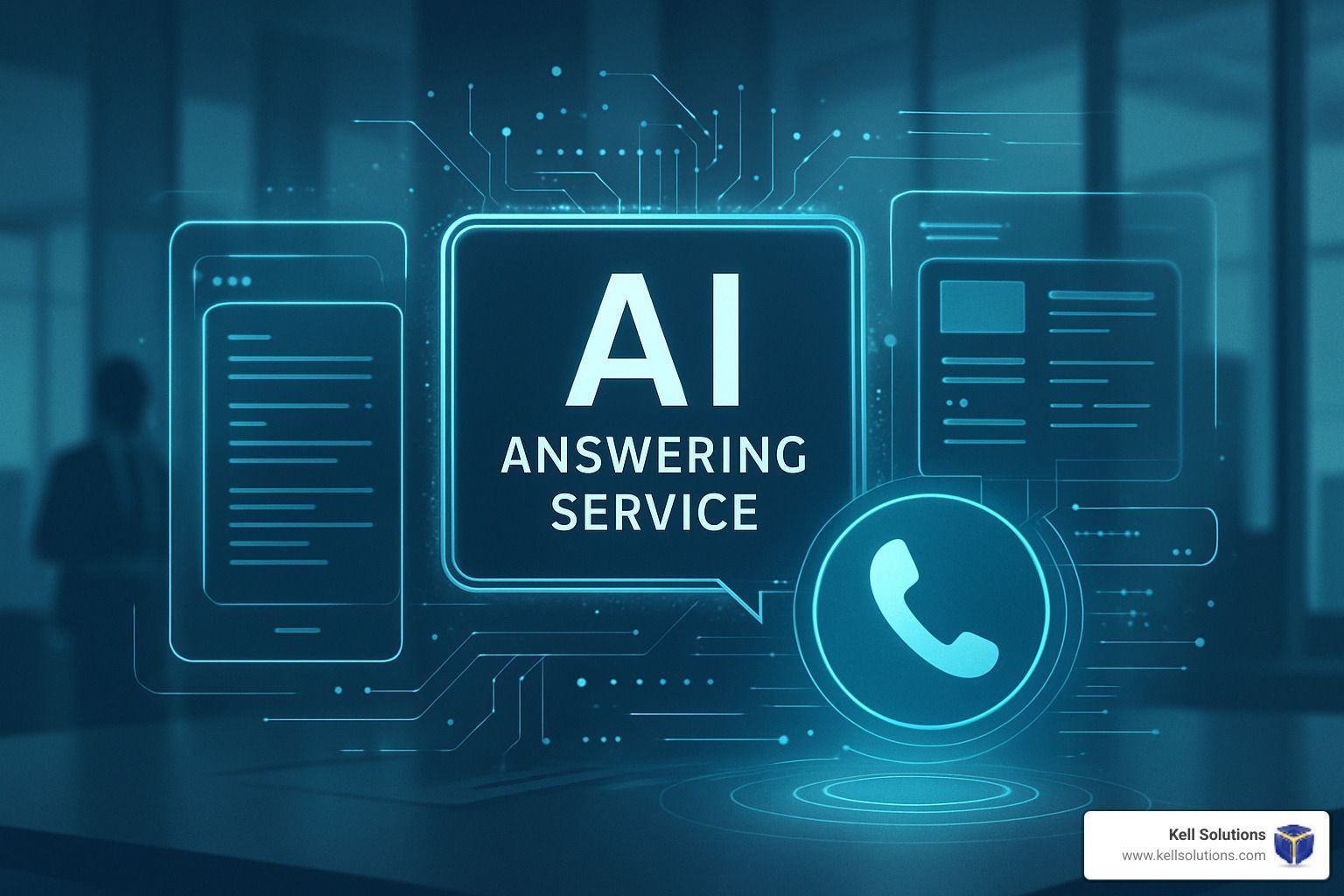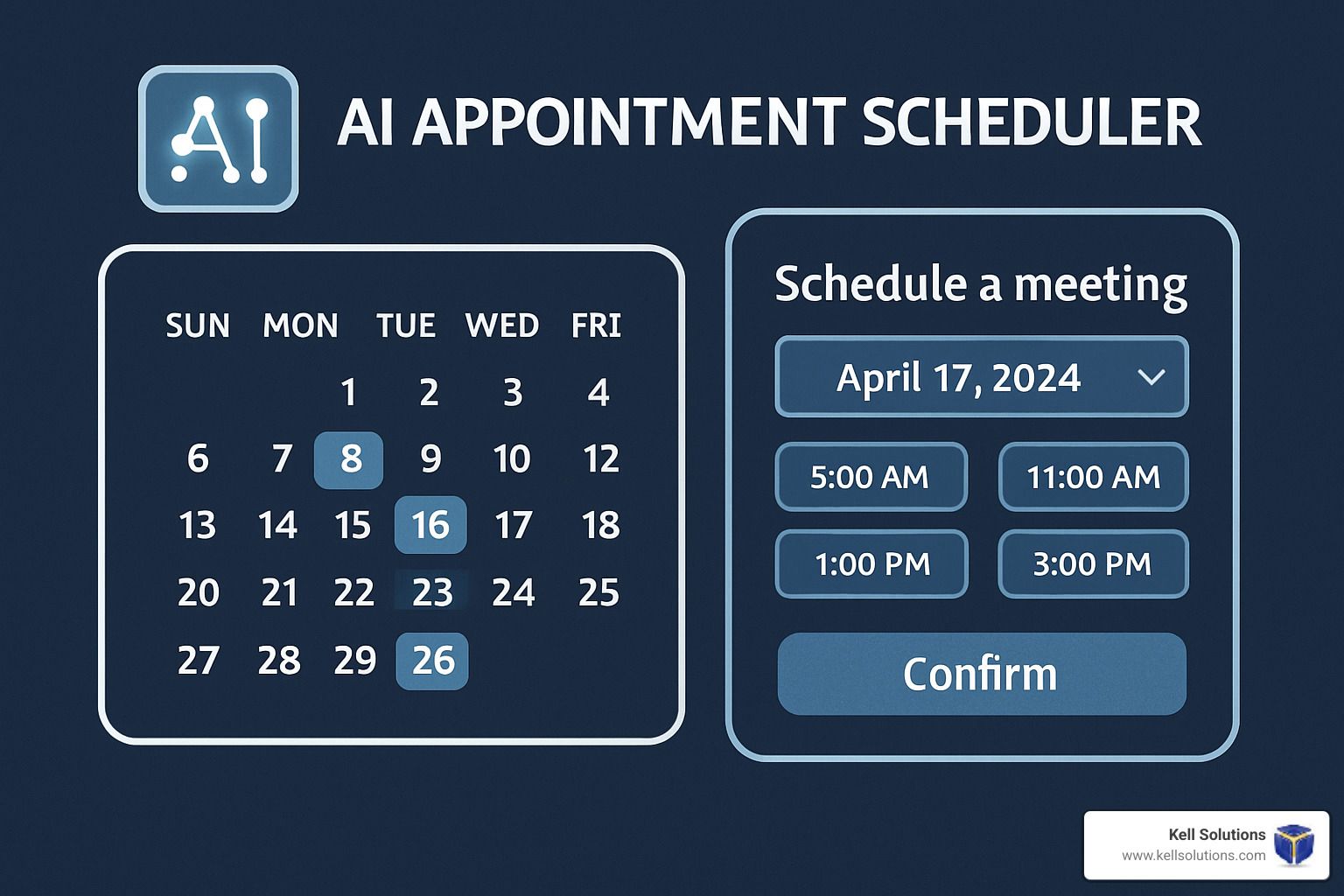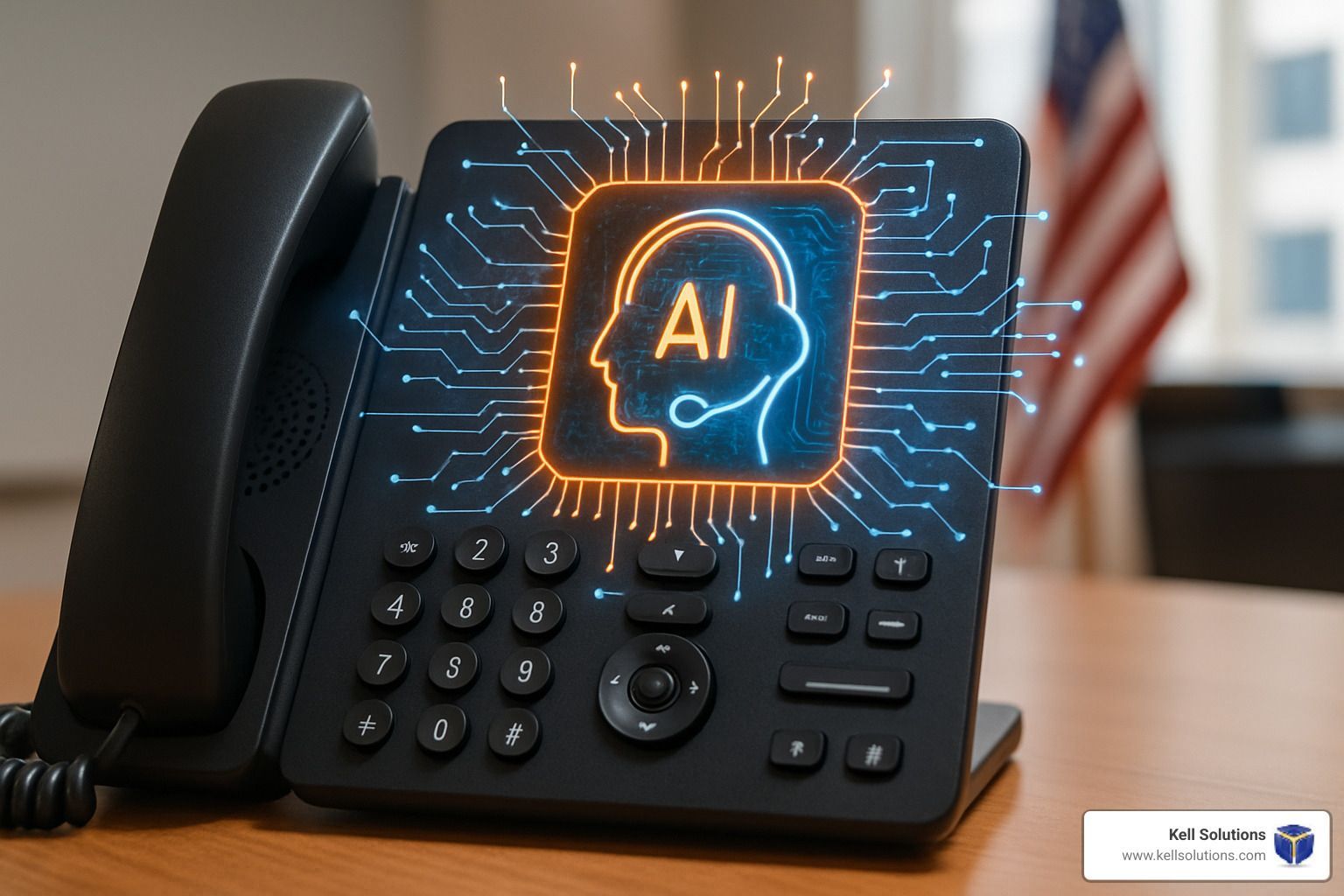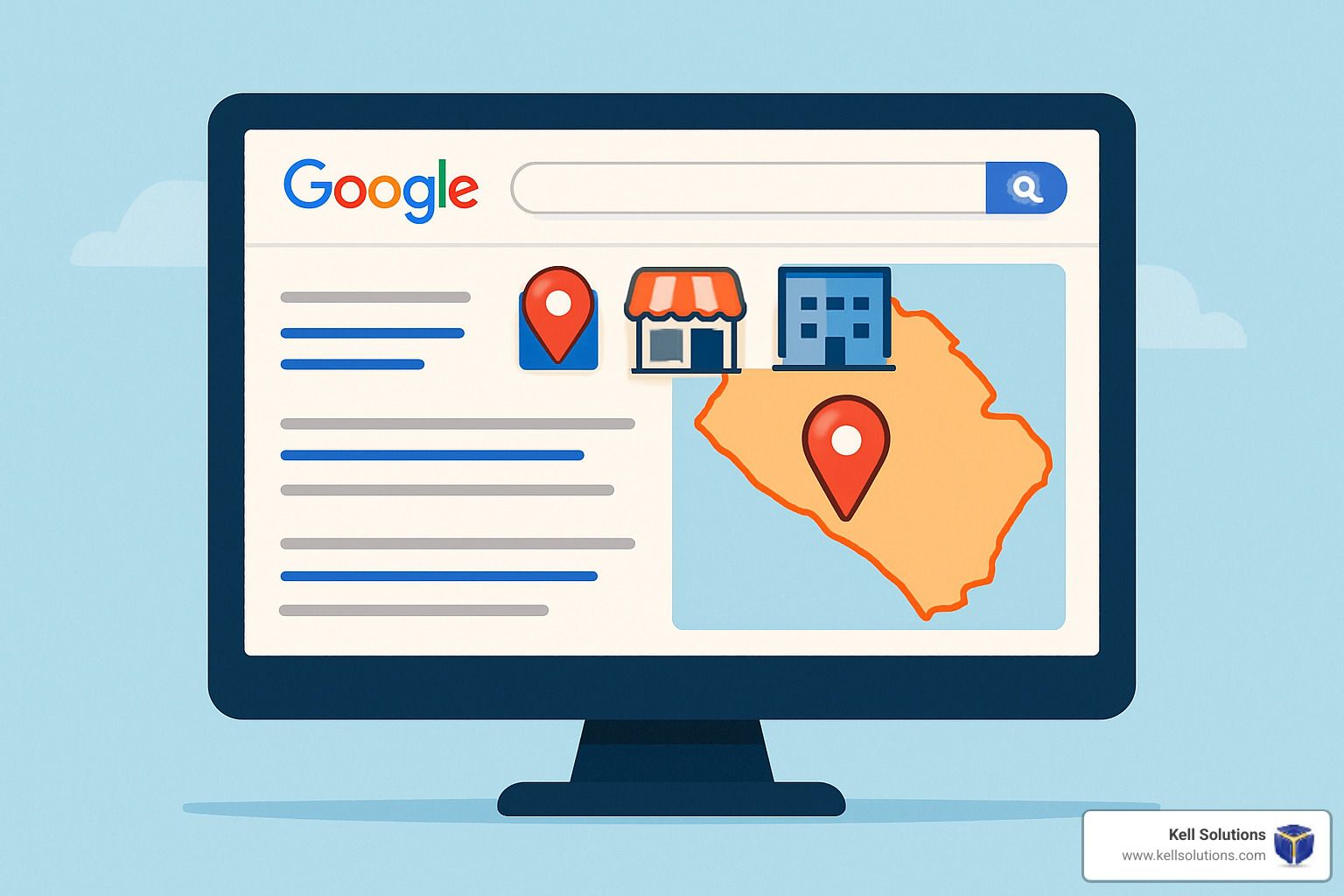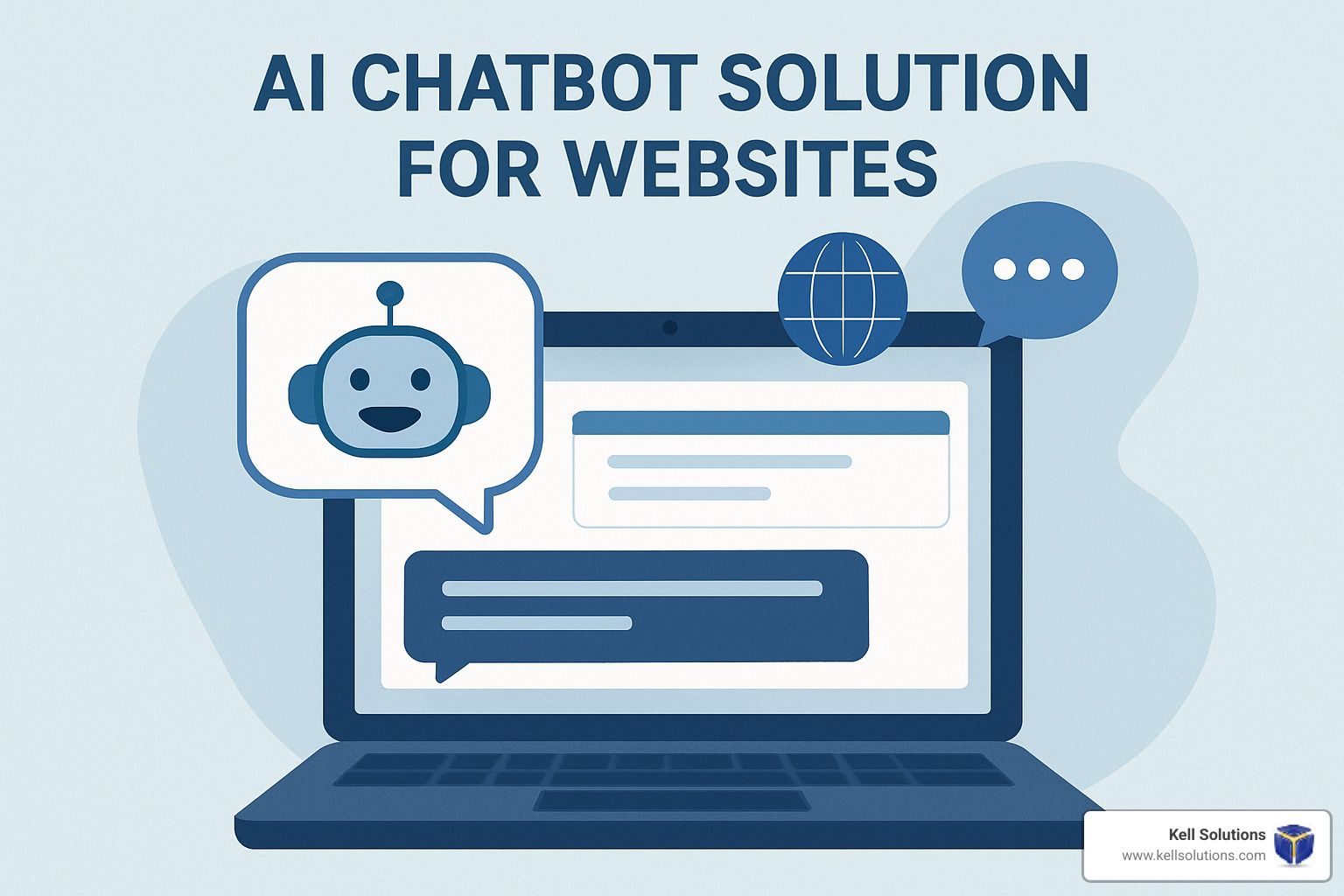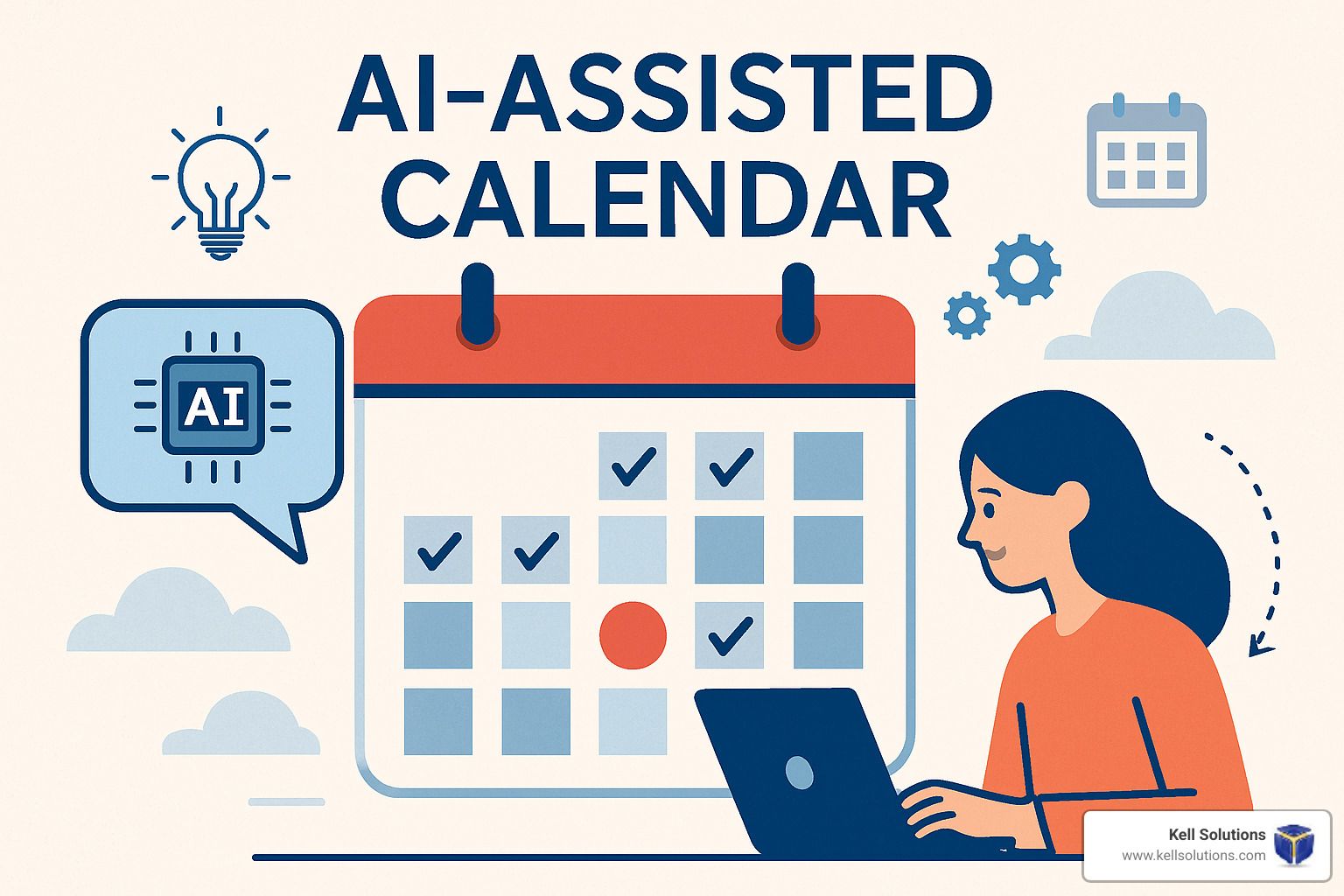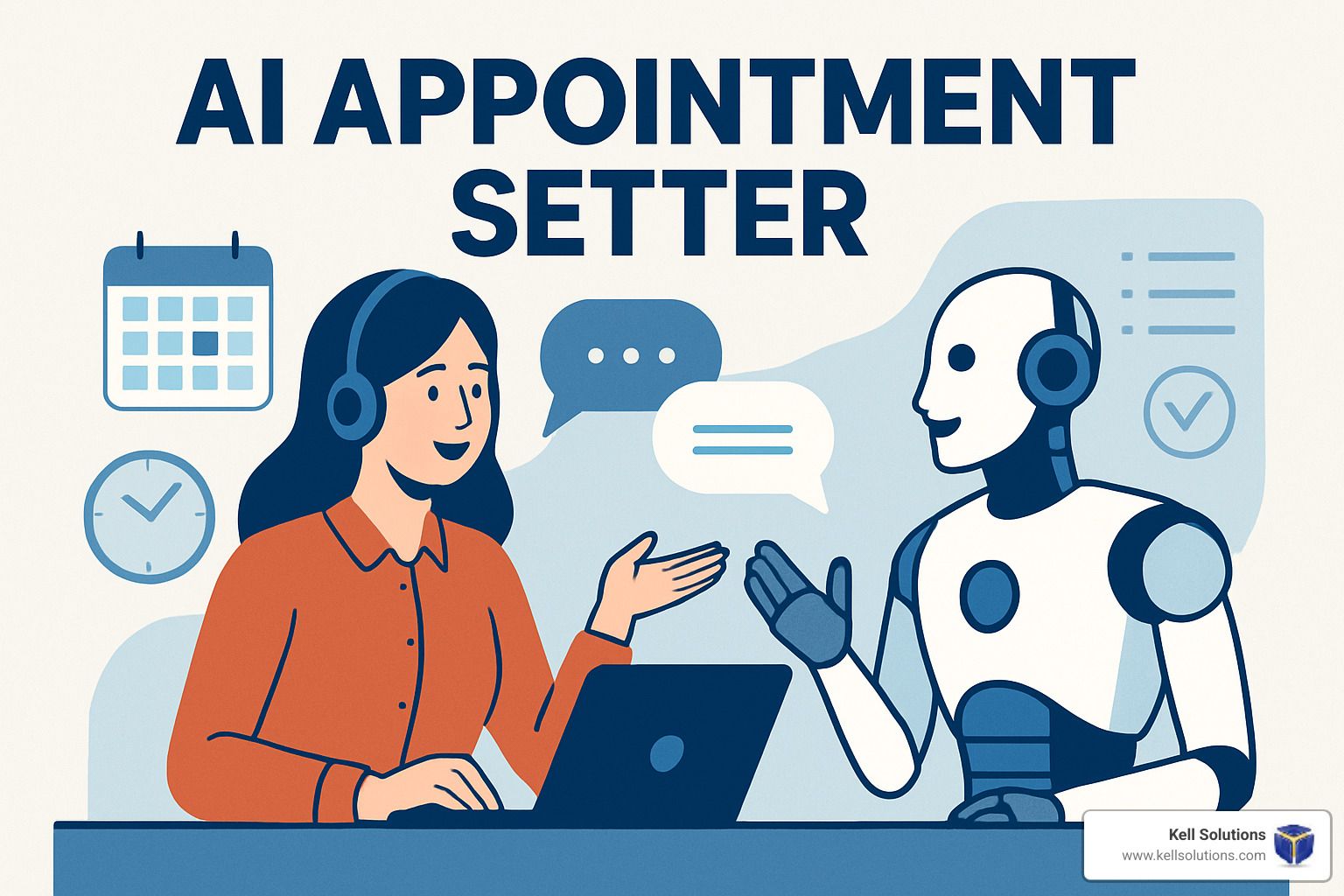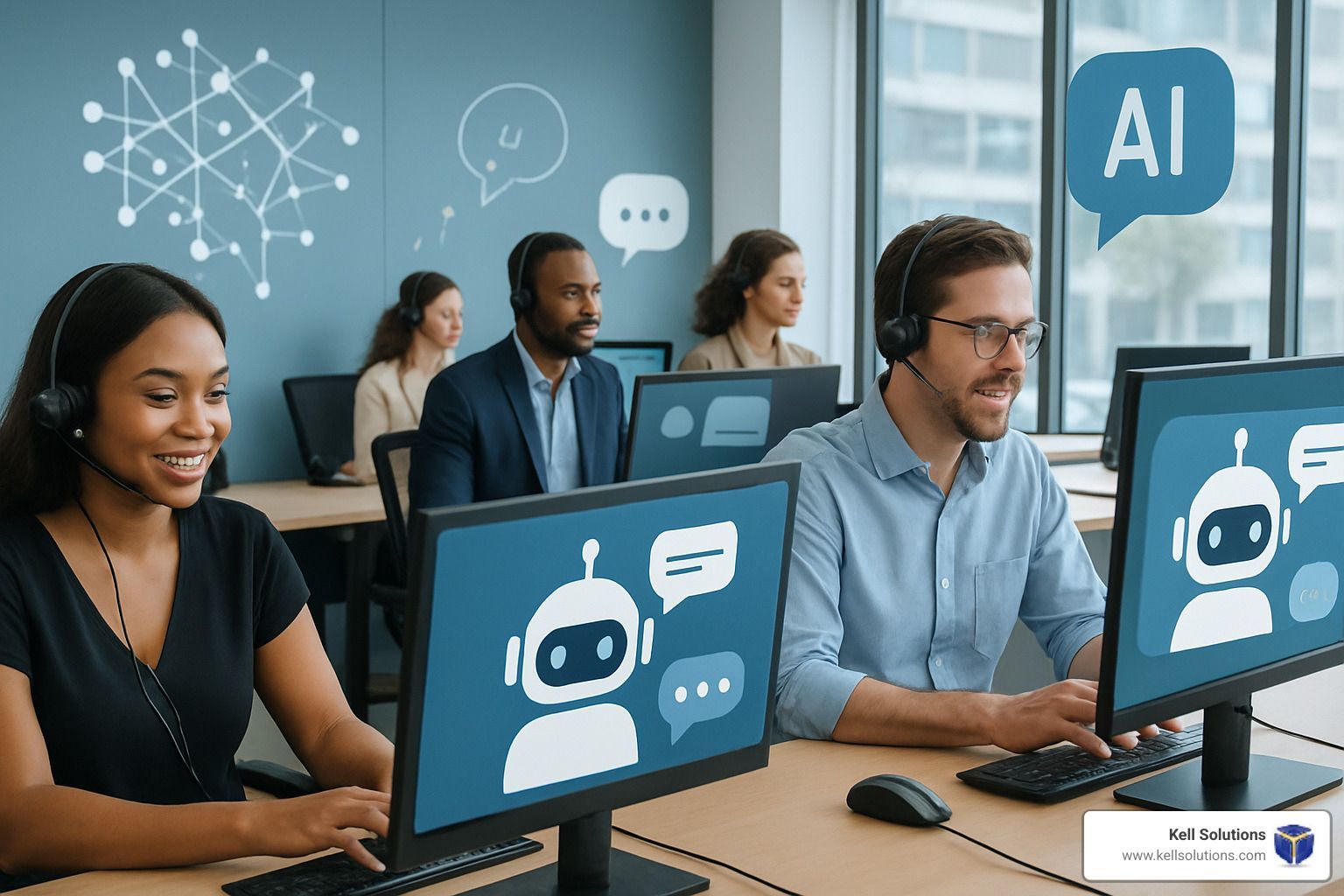AI Scheduling Assistants Setup Guide & Implementation Tips
Never Miss an Appointment Again!
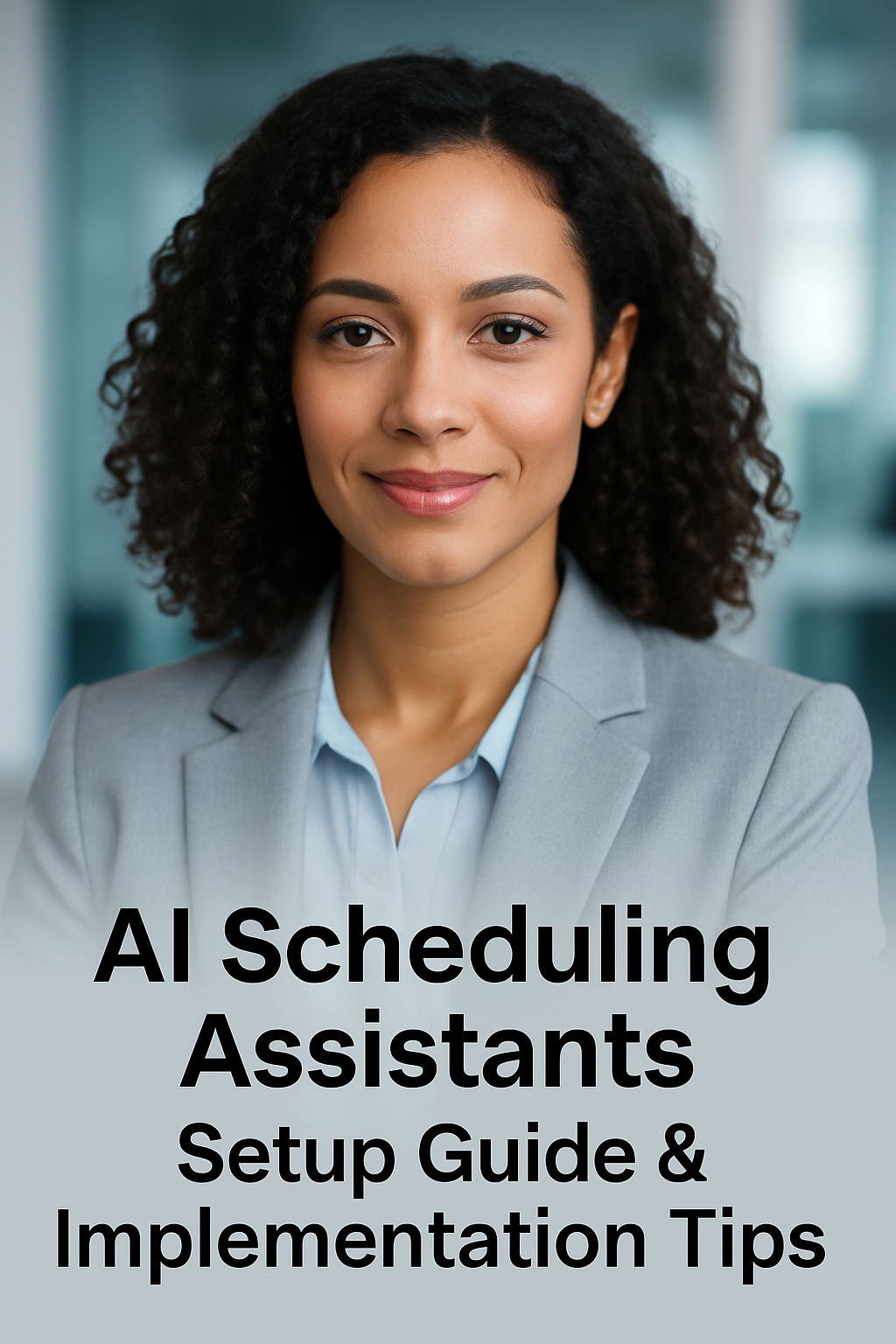
Key Highlights of AI Scheduling Assistants
- AI scheduling assistants can save you hours each week by automating meeting setups and managing your calendar.
- Top tools like Reclaim and Clockwise integrate seamlessly with popular calendars like Google and Outlook.
- Customizable settings allow for tailored scheduling based on personal and team preferences.
- Data security is a priority, with most tools offering robust privacy features.
- Integrating AI scheduling assistants with communication platforms enhances team productivity.
Introduction to AI Scheduling Assistants and Setup
Imagine having a personal assistant who never tires, works around the clock, and makes sure your meetings are always perfectly timed. That's exactly what AI scheduling assistants offer. By leveraging artificial intelligence, these tools automate the tedious task of scheduling, allowing you to focus on what truly matters—your work.
Setting up an AI scheduling assistant is straightforward. Most tools require you to sign up, link your calendar, and customize settings according to your preferences. With the basics covered, you're ready to explore the advanced features that these assistants offer.
Overview of AI Scheduling Tools
There are several AI scheduling assistants available, each with unique features. For instance, Reclaim optimizes your calendar by automatically blocking time for tasks and meetings, ensuring you have enough focus time. Meanwhile, Clockwise prioritizes meetings by suggesting the best times for everyone involved, reducing scheduling conflicts.
These tools often integrate with popular calendar systems like Google Calendar and Microsoft Outlook. This integration is crucial because it allows the AI to access your schedule and make intelligent decisions about meeting timings.
Why Automation is Crucial in Today’s Workspace
In today's fast-paced world, time is of the essence. Automating repetitive tasks like scheduling can significantly enhance productivity. It reduces the time spent on back-and-forth emails to find suitable meeting times. Moreover, automation ensures consistency and minimizes human error.
Besides that, AI scheduling assistants can adapt to changes in your calendar, automatically rescheduling meetings if conflicts arise. This dynamic adjustment ensures that your schedule remains optimal, even as priorities shift.
Quick Steps to Get Started with AI Scheduling
Getting started with an AI scheduling assistant is easier than you might think. Here’s a simple guide to set you on the right path:
- Choose a Tool: Research and select an AI scheduling assistant that suits your needs.
- Sign Up: Create an account using your email or existing calendar credentials.
- Link Your Calendar: Grant the assistant access to your calendar to allow it to analyze and manage your schedule.
- Customize Settings: Adjust preferences for meeting durations, time slots, and notification preferences.
- Test the Tool: Schedule a few meetings to see how the assistant performs and make adjustments as needed.
Customizing Your AI Scheduling Assistant
Once your AI scheduling assistant is set up, customization is key to maximizing its benefits. Tailoring the assistant to your specific needs ensures it aligns with your workflow and enhances productivity.
Setting Personal Preferences
Every professional has unique scheduling preferences. Whether it's preferring morning meetings or avoiding certain days, AI scheduling assistants can be customized to accommodate these needs. Most tools allow you to set preferred meeting times, block out focus periods, and adjust meeting durations.
For instance, if you know you’re most productive in the morning, you can set your assistant to avoid scheduling meetings during these times. This ensures you have uninterrupted time for critical tasks.
Understanding Scheduling Algorithms
The magic behind AI scheduling assistants lies in their algorithms. These algorithms analyze your calendar data, identify patterns, and suggest optimal meeting times. They consider factors like participant availability, meeting priorities, and time zone differences.
By understanding how these algorithms work, you can better utilize your assistant. For example, if you frequently collaborate with teams across different time zones, the AI can suggest times that are convenient for all parties involved. For more insights on setting up your AI assistant, check out this guide on AI scheduling.
Adjusting Notification and Reminder Settings
Notifications and reminders play a crucial role in keeping you on track. AI scheduling assistants offer customizable options to ensure you receive timely alerts for upcoming meetings.
- Notification Frequency: Decide how often you want to be reminded of meetings.
- Reminder Lead Time: Set how far in advance you want to receive reminders.
- Medium: Choose between email, app notifications, or both.
By tailoring these settings, you can reduce the chances of missing important meetings and ensure you’re always prepared.
Integration with Existing Tools
To fully leverage the capabilities of AI scheduling assistants, integrating them with your existing tools is essential. This integration enhances productivity by streamlining workflows and minimizing the need for manual updates.
Syncing with Google Calendar and Outlook
Most AI scheduling assistants offer seamless integration with popular calendar platforms like Google Calendar and Microsoft Outlook. This integration is vital because it allows the assistant to access your schedule and make intelligent decisions about meeting timings.
Syncing your calendar ensures that any changes made by the AI assistant are reflected in real-time, keeping everyone informed and reducing the risk of double-booking.
Linking with Team Communication Platforms
Besides calendars, integrating your AI scheduling assistant with team communication platforms like Slack or Microsoft Teams can further enhance productivity. These integrations allow the assistant to send notifications and reminders directly within the communication tool, keeping everyone in the loop.
Additionally, some assistants offer features like scheduling meetings directly from chat conversations, making the process even more seamless and efficient.
Data Security and Privacy Considerations
Data security and privacy are paramount when using AI scheduling assistants. These tools access sensitive information, including your calendar details, contacts, and sometimes even emails. It's crucial to choose a scheduling assistant that prioritizes security and offers robust privacy features.
Most AI scheduling assistants use encryption to protect your data both in transit and at rest. They also provide options to limit access to specific calendar events or data, ensuring that only necessary information is shared. Always review the privacy policy of the tool you choose to understand how your data is being used and protected.
Maximizing Efficiency with AI Scheduling Features
To get the most out of your AI scheduling assistant, it's essential to explore and utilize its advanced features. These tools are designed to enhance productivity by automating and optimizing your scheduling processes.
One of the key features is the ability to set recurring meetings effortlessly. Instead of manually scheduling weekly or monthly meetings, let the AI handle it for you. This not only saves time but also ensures consistency in your schedule.
Using Smart Suggestions for Scheduling
AI scheduling assistants often come equipped with smart suggestions that analyze your calendar to propose the best meeting times. These suggestions take into account factors like your availability, preferences, and even the availability of other participants. For more insights on setting up these assistants, check out this guide on AI scheduling setup.
For example, if you're prone to scheduling meetings back-to-back, the AI might suggest a buffer time in between to give you a breather. This thoughtful feature helps maintain your productivity and well-being throughout the day.
Addressing Time Zone Differences
In a globalized work environment, scheduling across different time zones can be a challenge. AI scheduling assistants simplify this by automatically converting time zones and suggesting meeting times that work for all participants.
This feature is particularly beneficial for remote teams, ensuring that meetings are scheduled at reasonable hours for everyone involved. It eliminates the guesswork and potential errors that come with manual time zone calculations.
Minimizing Scheduling Conflicts
Scheduling conflicts are a common issue in busy work environments. AI scheduling assistants help minimize these conflicts by checking the availability of all participants before proposing meeting times.
If a conflict arises, the assistant can suggest alternative times or even reschedule existing meetings to accommodate new priorities. This proactive approach ensures that your schedule remains organized and efficient.
Troubleshooting Common Setup Issues
While AI scheduling assistants are designed to be user-friendly, you might encounter some setup issues. Understanding how to troubleshoot these common problems can help you get back on track quickly.
Calendar Sync Errors
One of the most common issues is calendar sync errors. These occur when the AI scheduling assistant fails to update your calendar accurately, leading to discrepancies in your schedule.
To resolve this, first check your internet connection, as a weak connection can disrupt the syncing process. Next, ensure that the assistant has the necessary permissions to access and modify your calendar. If the issue persists, try reconnecting your calendar or contacting the support team for assistance.
- Verify internet connectivity.
- Check calendar permissions.
- Reconnect the calendar if needed.
- Contact support for persistent issues.
Resolving Notification Delays
Delayed notifications can lead to missed meetings and disrupted schedules. If you experience notification delays, first ensure that your device settings allow notifications from the scheduling assistant. Additionally, check the app settings to confirm that notifications are enabled and set to your preferred frequency.
Understanding and Managing Permission Settings
Proper permission settings are crucial for the effective functioning of AI scheduling assistants. Without the correct permissions, the assistant might not be able to access your calendar or send notifications.
To manage permissions, navigate to your device's settings and review the app permissions. Ensure that the assistant has access to your calendar, contacts, and notifications. Adjust these settings as needed to enable seamless integration and operation.
Top AI Scheduling Assistants in the Market
With numerous AI scheduling assistants available, choosing the right one can be overwhelming. Here, we'll explore some of the top options in the market and their standout features.
Reclaim is known for its intelligent task management capabilities. It automatically blocks time for important tasks and meetings, ensuring you have dedicated focus time. This tool is ideal for professionals who juggle multiple responsibilities and need help prioritizing their tasks.
Clockwise excels in optimizing team schedules by suggesting the best meeting times based on participant availability. Its ability to reduce scheduling conflicts makes it a popular choice for teams looking to enhance collaboration and productivity.
- Reclaim: Best for task management and focus time.
- Clockwise: Ideal for team scheduling and conflict reduction.
- Motion: Offers a sleek interface and advanced analytics.
- Clara: Known for its user-friendly design and ease of use.
Features of Reclaim and Clockwise
Reclaim and Clockwise are both powerful AI scheduling assistants, each with unique features that cater to different needs. Reclaim's standout feature is its ability to automatically allocate time for tasks and meetings, ensuring that your schedule remains balanced and productive.
Clockwise, on the other hand, focuses on optimizing team schedules by suggesting the best times for meetings. It considers participant availability and preferences, reducing scheduling conflicts and enhancing team collaboration.
Comparing Motion and Clara
Motion offers a sleek interface and advanced analytics, making it a favorite among professionals who value data-driven decision-making. Its ability to provide insights into your scheduling habits helps you identify areas for improvement and optimize your time management.
Clara is known for its user-friendly design and ease of use. It's an excellent choice for individuals who prefer a straightforward and intuitive scheduling assistant. Clara's simplicity doesn't compromise its effectiveness, making it a reliable tool for managing your schedule.
Benefits of Using Kronologic and Scheduler AI
Kronologic and Scheduler AI are standout tools in the realm of AI scheduling assistants, each offering unique benefits that cater to different professional needs. Kronologic excels in automating follow-up scheduling, which is crucial for sales teams. It ensures that meetings with prospects are promptly scheduled, maximizing the chances of closing deals. This feature is particularly beneficial in fast-paced sales environments where timing is everything.
On the other hand, Scheduler AI focuses on optimizing meeting schedules by analyzing historical data and predicting the best times for future meetings. This predictive capability reduces the time spent on manual scheduling and increases overall efficiency. Moreover, Scheduler AI's integration with various calendar platforms ensures seamless operation and minimal disruptions to your workflow.
Both tools prioritize user experience, offering intuitive interfaces and robust customer support. Their ability to integrate with existing systems and provide actionable insights makes them invaluable assets for professionals seeking to streamline their scheduling processes.
Practical Tips for Implementation Success
Successfully implementing an AI scheduling assistant requires careful planning and execution. By following these practical tips, you can ensure a smooth transition and maximize the benefits of your new tool.
First, clearly define your goals and expectations for the AI scheduling assistant. Understanding what you hope to achieve will guide your implementation process and help you measure success. Next, involve key stakeholders in the decision-making process to ensure that the tool meets the needs of everyone involved.
Test Runs and Feedback Collection
Conducting test runs is an essential step in the implementation process. Start by using the AI scheduling assistant for a few meetings to evaluate its performance and identify any potential issues. During this phase, gather feedback from users to gain insights into their experiences and address any concerns.
Feedback collection is crucial for refining the tool's settings and ensuring that it aligns with your team's workflow. Encourage open communication and make adjustments based on the feedback received to enhance user satisfaction and productivity.
Staff Training and Adoption Strategies
Effective training is key to ensuring that your team can fully leverage the capabilities of the AI scheduling assistant. Provide comprehensive training sessions that cover the tool's features, customization options, and best practices for use.
Adoption strategies should focus on demonstrating the tool's value to users. Highlight the time-saving benefits and improved efficiency that the assistant offers. By showcasing its impact on productivity, you can encourage widespread adoption and maximize the tool's effectiveness.
Continuous Monitoring and Adaptation
Once the AI scheduling assistant is implemented, continuous monitoring is essential to ensure its ongoing success. Regularly review its performance and make adjustments as needed to address any issues or changes in your team's workflow.
Adaptation is crucial in a dynamic work environment. As your team's needs evolve, ensure that the AI scheduling assistant is updated to reflect these changes. This proactive approach will help maintain its relevance and effectiveness over time.
FAQ
Here are some frequently asked questions about AI scheduling assistants, along with detailed answers to help you better understand these tools and their capabilities.
- How do AI scheduling assistants improve productivity?
- What are essential features to look for in an AI scheduling assistant?
- Can AI scheduling tools handle cancellations and rescheduling?
- How secure is my data with AI scheduling assistants?
- What should I do if the AI scheduling tool doesn’t sync correctly with my calendar?
How do AI scheduling assistants improve productivity?
AI scheduling assistants improve productivity by automating the scheduling process, reducing the time spent on manual coordination. They analyze your calendar, suggest optimal meeting times, and handle rescheduling, allowing you to focus on more critical tasks. By minimizing scheduling conflicts and maximizing available time, these tools enhance overall efficiency.
What are essential features to look for in an AI scheduling assistant?
When choosing an AI scheduling assistant, look for features such as calendar integration, customizable settings, and smart suggestions. Additionally, consider tools that offer robust data security, user-friendly interfaces, and seamless integration with communication platforms. These features ensure a smooth and efficient scheduling experience.
Can AI scheduling tools handle cancellations and rescheduling?
Yes, most AI scheduling tools are equipped to handle cancellations and rescheduling. They automatically update your calendar and notify participants of any changes, ensuring that everyone remains informed. This feature reduces the hassle of manual updates and keeps your schedule organized.
How secure is my data with AI scheduling assistants?
Data security is a top priority for AI scheduling assistants. Most tools use encryption to protect your data and offer privacy settings that allow you to control what information is shared. Always review the tool's privacy policy to understand how your data is being used and protected.
Implementing AI scheduling assistants can significantly streamline your appointment setting process. To get started, it's essential to understand the basic setup and configuration. This involves integrating the AI tool with your existing calendar system and ensuring it can access necessary data. If you're looking for detailed instructions on how to set up an AI to schedule appointments, check out this comprehensive guide.
📚 About the Author
Gregg Kell is a seasoned digital marketing strategist and founder of Kell Web Solutions, Inc., helping professional service firms grow through innovative AI-powered solutions like VoiceGenie AI. With over 20 years of experience in web development, lead generation, and business automation, Gregg is passionate about helping small businesses maximize growth and profitability through cutting-edge technologies.
When he’s not helping businesses boost their bottom line, Gregg enjoys life by the beach in Laguna Beach, California, with his wife Debbie, celebrating over 40 years of marriage and entrepreneurial adventures.
👉 Explore More from Gregg:
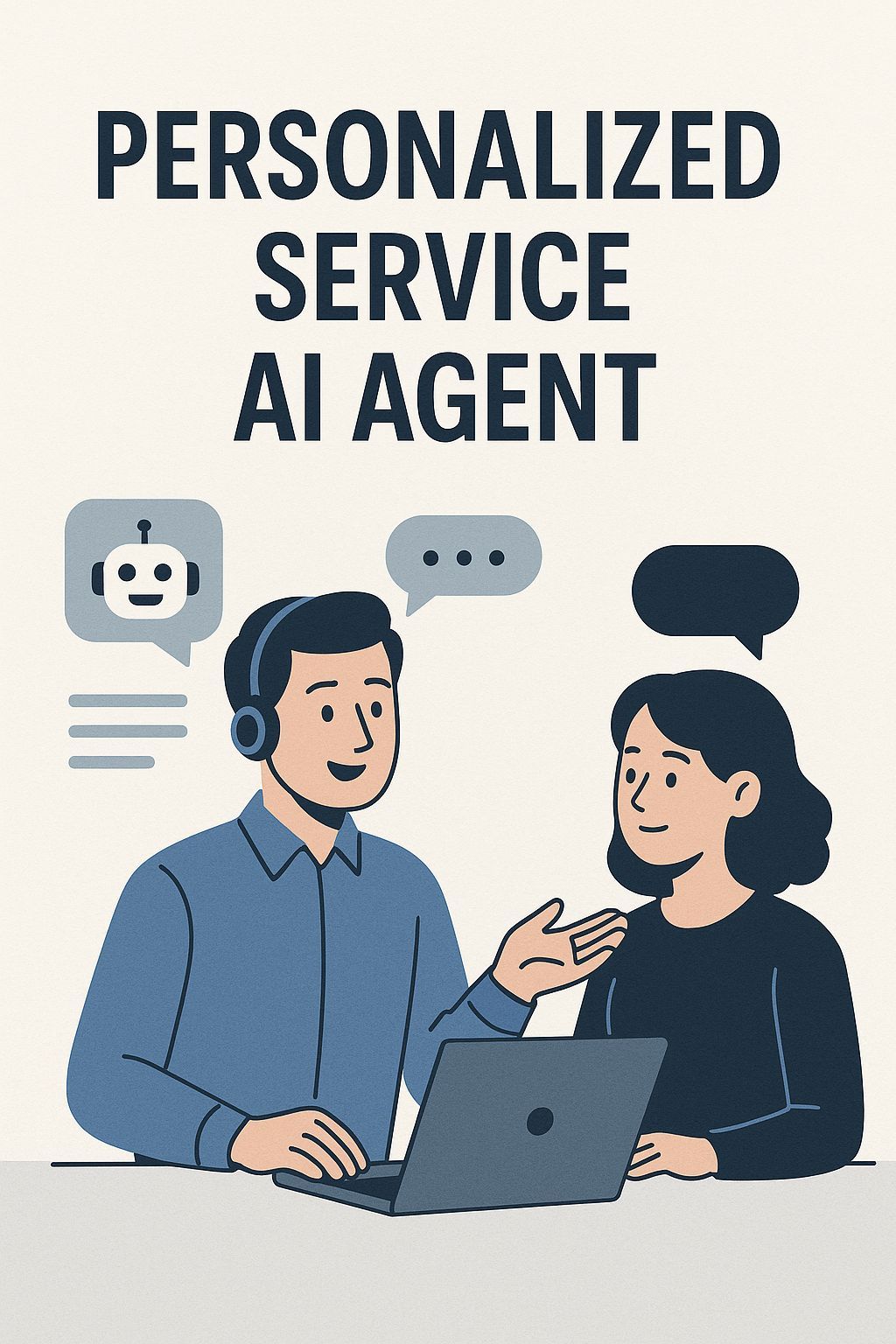

Orange County HVAC Google AI Overview Domination: 7 Proven Strategies to Capture Featured AI Results


